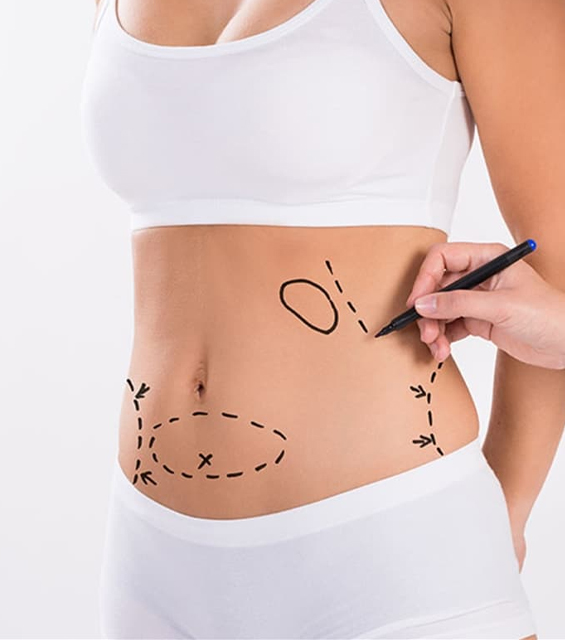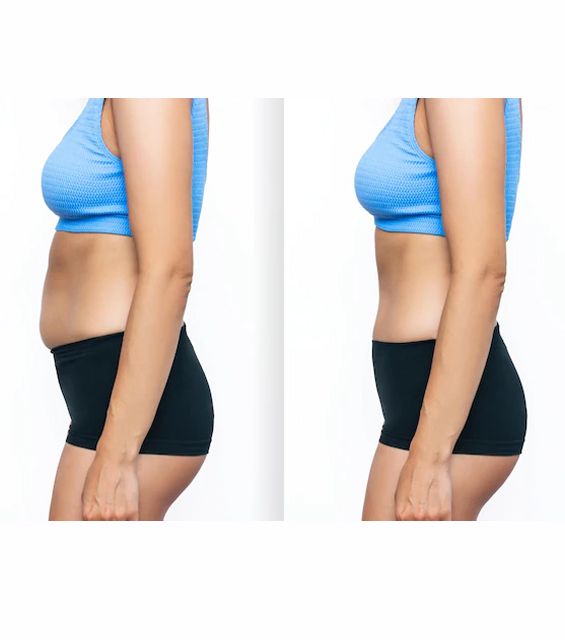- +90 538 050 44 63
-
Cevizlik ebuziya cd. 34142 Bakırköy / İstanbul
Liposuction; although it is not a permanent and definitive solution to regional body fatness that occurs due to wrong eating habits and sedentary lifestyle, the "fat removal" process, known among the people, is a kind of body shaping operation. Liposuction is in no case a weight loss formula applied like diet or weight loss prescriptions. However, it is a surgical intervention aimed at shaping the body in areas such as the hips, hips, neck, legs, knees, jowls, and abdomen that develop stubborn lubrication of the body. The time to return to normal life after the operation is short. The procedure is performed under local or general anesthesia. Liposuction applications are a type of operation that increases self-confidence with its aesthetic side for fatty areas that cannot be removed after all diet, sports and weight loss efforts. Thanks to the liposuction method, which is effective in eliminating the inequalities between the lower body and the upper body, fat can be removed from both the upper part of the body and from the places deemed necessary in the lower region. Weight inequalities, which affect the way of dressing and affect the mental health of the person, can be easily eliminated by liposuction. Liposuction types applied with different techniques are among the most preferred aesthetic surgery operations in our country and in the world.
In Which Situations Is Liposuction Needed?
Liposuction is the surgical removal of regional fat accumulated in the body. In non-standard situations such as pregnancy and constant weight gain, the result of the application cannot be expected to be permanent by itself. Because, conditions such as skin sagging and cellulite that occur after pregnancy and childbirth are not disorders that can be eliminated by liposuction. Although liposuction does not completely eliminate the formation of cellulite, its application to the area close to the skin surface provides a relatively flat skin appearance. In addition, skin sagging that occurs in people who constantly gain and lose weight are body damages that cannot be removed by liposuction. If liposuction will be applied to people with this type of body structure, tummy tuck and sagging skin removal operations should also be performed as additional methods. In order to preserve the aesthetic appearance obtained in the long term, it is essential for the person to regulate his eating habits and include exercise in his life without neglecting it. With the emergence of different types of liposuction, it is observed that the areas of use also develop. Body contouring includes different types such as tightening the skin and removing the sebaceous glands. Sound and laser assisted applications give better results in sensitive body areas where skin smoothing and fat absorption are needed simultaneously. Wrists and ankles, inner knees and neck areas are the best examples of this type of application.
In Which Areas Is Liposuction Applied?
The fact that male and female body structures are different from each other causes the types of lubrication to be concentrated in different regions. For example, while women often prefer to apply it for stubborn fat areas such as the hips, belly, and hips, men mostly strive to remove the fat in areas such as the back, abdomen, breasts and sides of the waist. Advances in technology in medicine and aesthetics allow the application to be made in more and more areas. Underarm lubrication, which women call the "salt area", is one of the areas where liposuction applications are successfully performed. The chin area, which is easily exposed to lubrication during weight gain, is one of the most stubborn places of lubrication that cannot be removed with diet and sports. Since liposuction is an aesthetic application, it allows the application to be performed without leaving any traces under the chin, which is always in sight. Among the body areas where Laser lipolysis technique, which is a kind of liposuction application, is used, there are armpit glands that sweat constantly. Laser lipolysis application to the armpit area, which greatly facilitates the life of people, prevents sweating in this area and provides a comfortable life experience to the person.
Liposuction Types and Techniques
Continuously developing technologies contribute to the increase in the variety and success rate of liposuction procedures. These methods are applied in 5 different types, especially Vacuum Assisted Liposuction (SAL), which is the most classical type of liposuction known.
In the SAL (Vacuum Assisted Liposuction) technique, a mixture of liquid is injected into the area where the fat will be removed before the operation. The application can be performed under full anesthesia or local anesthesia. Then, from the 2 mm incisions opened in the region, 3 mm. Oil pulling process is started by entering with cannulas in diameter.
UAL (Ultrasonic Liposuction ) : In this application, which is easier to apply than the classical liposuction method, only the fat cells to be absorbed are targeted with the help of ultrasonic sound waves. The process, which is carried out without damaging the surrounding tissues, makes the application efficient in this respect.
PAL (Power Assisted Liposuction): With the method applied using special moving cannulas, the fat that is desired to be removed in large areas is removed.
WAL (Water Assisted Liposuction): In this procedure, the fat is turned into a slurry with the help of water injected under the skin and suction is performed using cannulas.
RFAL (Radio Frequency Assisted Liposuction): The skin, which is heated by laser under the fat suction process with the classical vacuuming method, becomes more taut. The most obvious difference from other types of liposuction is the tension it provides on the skin.
Liposuction Surgery Process
Healing Process After Liposuction
The patients are followed up in the hospital for one night after the operation and are discharged the next day. Bandages, which are applied immediately after the operation, should be used for 4 weeks or longer, depending on the feature of the body area from which fat is removed. In order to avoid edema and bruising, the recommendations given by the doctor must be strictly followed. The patient can usually return to work and social life within a few days. For activities that require intense performance such as exercise, it is important that the edema formation has been alleviated and that the recovery has been achieved to a large extent. During the healing process, it is of great importance to get plenty of rest, drink plenty of water, and stay away from products such as alcohol and cigarettes. These measures contribute to a shorter healing process and a more painless process. Antibiotics and painkillers can be used with the advice of a doctor to speed up the postoperative recovery process and minimize the risk of infection. A balanced diet such as more vegetables, fiber foods and low-fat proteins should be adopted in order for the result of the operation to be permanent and the application area not to be re-lubricated. Although most of the fat cells in the area where liposuction is applied have been removed by vacuum, this does not mean that lubrication will not occur in the same place. However, in some cases, absorbing more oil than necessary can cause some collapse in that area. When all these issues that need attention are approached sensitively and the applications are performed by experienced and expert doctors, the liposuction process gives extremely successful results. Liposuction application, as a body shaping method that gives fast results, creates important privileges in the lives of women and men, especially in business life. The short recovery period, the easy return to social life after the operation, are the most striking features in the preference of the Liposuction method.
 TR
TR

